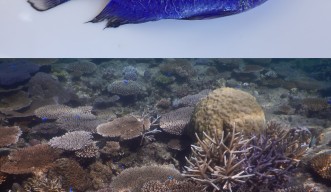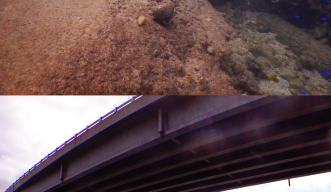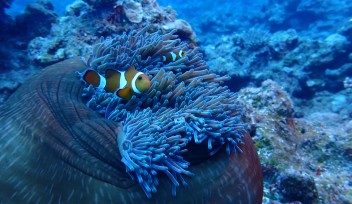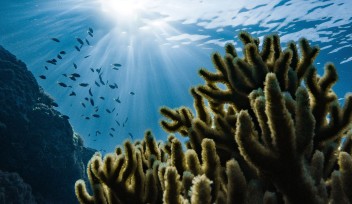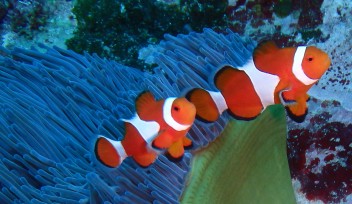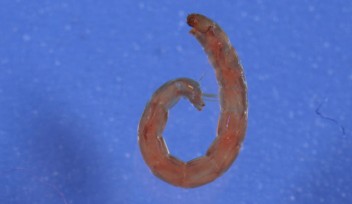Can noisy and polluted coastlines harm baby fish? OIST researchers aim to find out
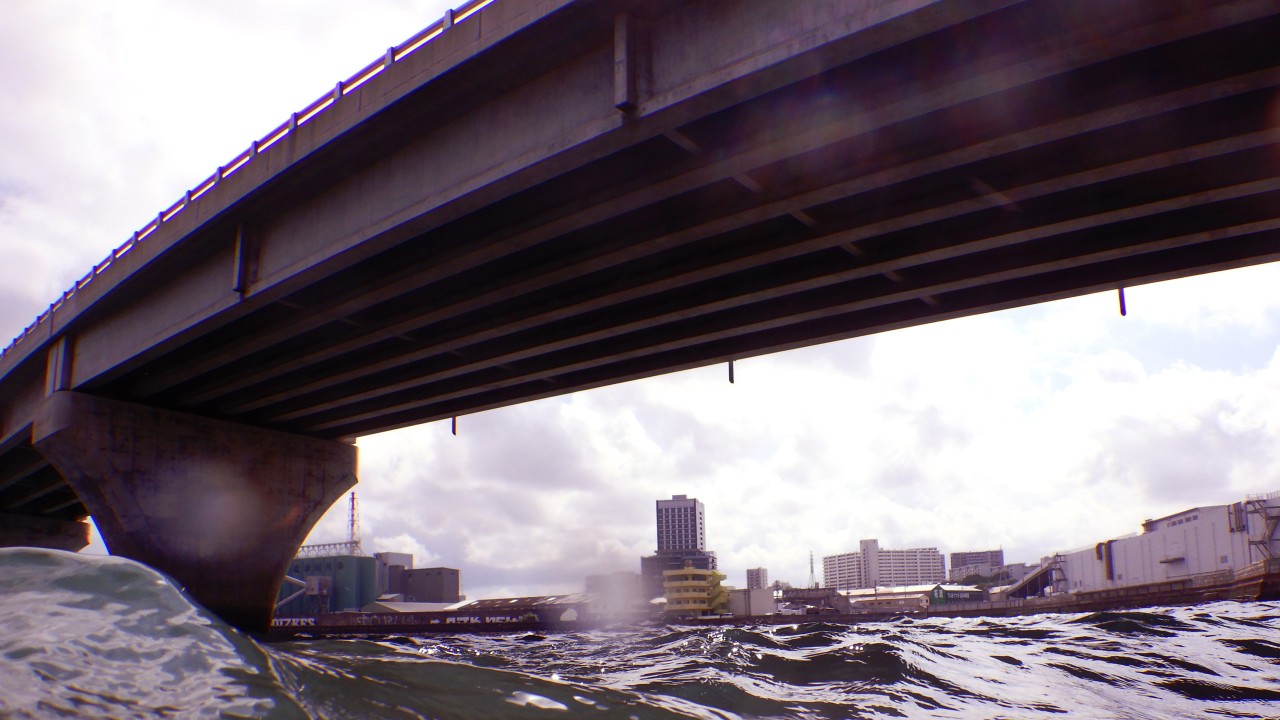
Researchers from the Okinawa Institute of Science and Technology (OIST) are launching a new coastal area monitoring program to assess the impact of human activity on the health of marine life.
On March 7, 2023, the research team was awarded a grant from the Iwatani Naoji Foundation, receiving a donation of two million yen to kickstart the project.
The purpose of the program is to collect juvenile blue damselfish (Chrysiptera cyanea) from sites in Okinawa near coastlines with varying levels of human presence, ranging from natural to agricultural to urban, and determine how healthy the fish are from the activity of their genes.
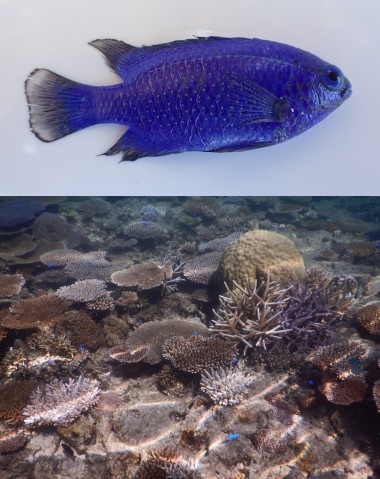
“The calm, shallow waters near the shore are important nursery habitats for coral reef fish, where juveniles mature into adults,” explained Professor Vincent Laudet, head of the Marine Eco-Evo-Devo Unit at OIST, who is spearheading this new initiative. “These areas are usually safer for the juveniles, with less predators and plentiful food, but their proximity to the shore means that they are directly exposed to human onshore activity, such as noise, light or chemical pollution.”
Understanding the quality of these nursery habitats where young fish grow and mature is an essential step towards protecting these zones to help maintain adult fish populations. This is vital not only for environmental reasons, but also for Okinawa’s tourism and fishery industries.
Traditionally, coastal monitoring programs have determined the condition of a marine environment by measuring water quality or the diversity of fish, coral, or invertebrates present at different sites and seeing how these measurements change over time.
“These projects are very important but they don’t tell us how healthy the fish are. Our program adds that missing information by digging deep into one species of fish to provide a more complete picture into how human presence is affecting marine environments,” explained Professor Laudet.
The researchers chose to study the blue damselfish, one of the most popular aquarium fish, due to its ubiquity around Okinawa.
“We can find these fish everywhere in Okinawa, even in the most filthy, urban sites where we didn’t expect to see any fish at all,” said Emma Gairin, a PhD student studying in Professor Laudet’s unit. “These fish are also widespread across the Indo-Pacific region, which means that its findings can be applied to a much larger region.”
So far, the researchers have decoded the full genome of the blue damselfish, identifying around 28,000 genes. They conducted a preliminary test in September and October 2022, sampling adult blue damselfish found near the shore at three different sites, Sesoko (a mostly natural coastline), Mizugama (an urban and agricultural coastline) and Urasoe (an urban coastline).
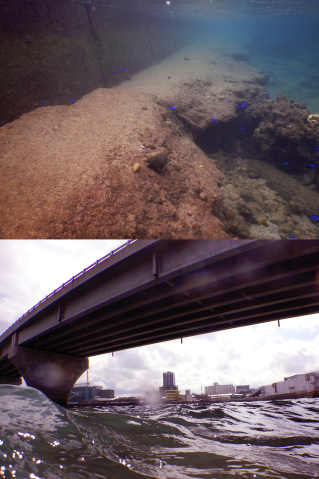
They found a very distinct difference between the fish at Sesoko, compared to the more built-up areas of Mizugama and Urasoe, with over 1,000 genes showing different levels of activity.
“This tells us that there are changes going on inside the fish at the molecular level in the more urban, polluted areas compared to the natural areas,” said Gairin. “Now, we need to examine the function of these genes to see what’s going on.”
This year, they plan to expand to 15 different sites and sample between April-September, the season in which juveniles appear in their nurseries.
“I was surprised by the quality of our preliminary results – it was a delight,” said Prof. Laudet. “We are very happy and thrilled to now have the funds from the Iwatani grant to really start this project.”
However, the researchers emphasized that further funding is needed for the project to have maximum impact.
“We’d like to expand the number of sites, particularly to some of the remote islands around Okinawa. The more sites we visit and the more fish we sample, the more clearly we can see how human presence affects fish heath,” said Prof. Laudet.
Research Unit
For press enquiries:
Press Inquiry Form










